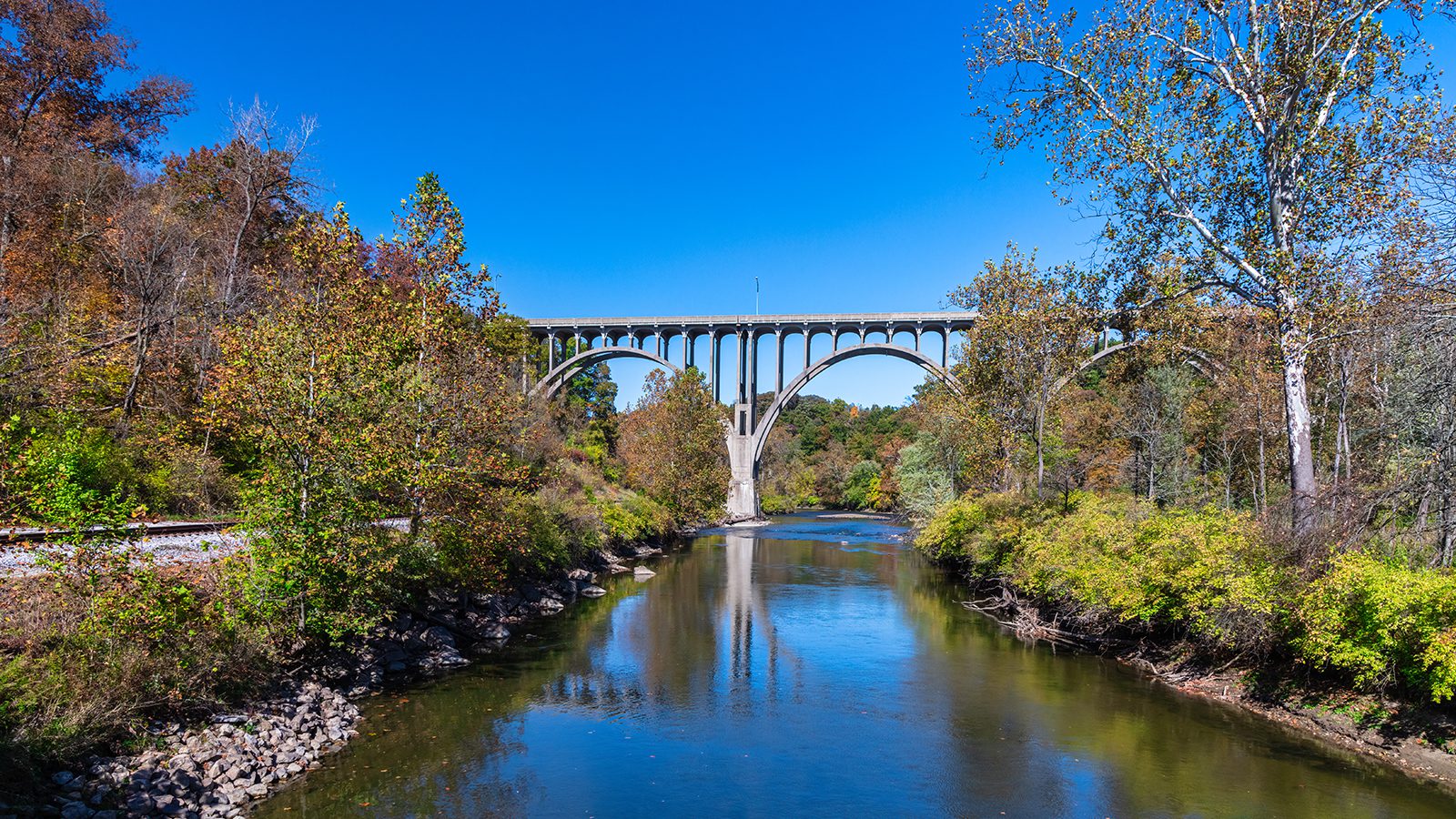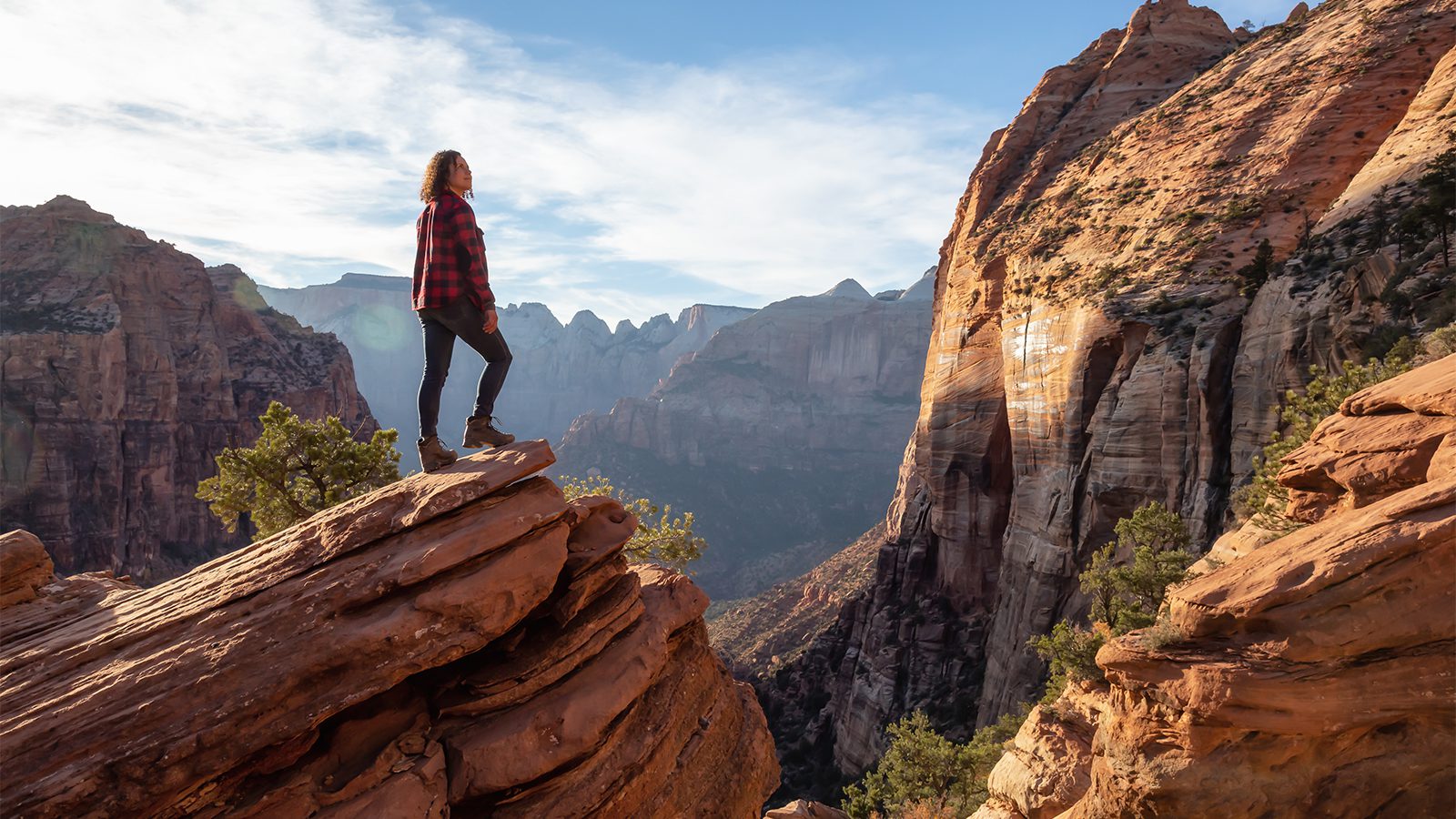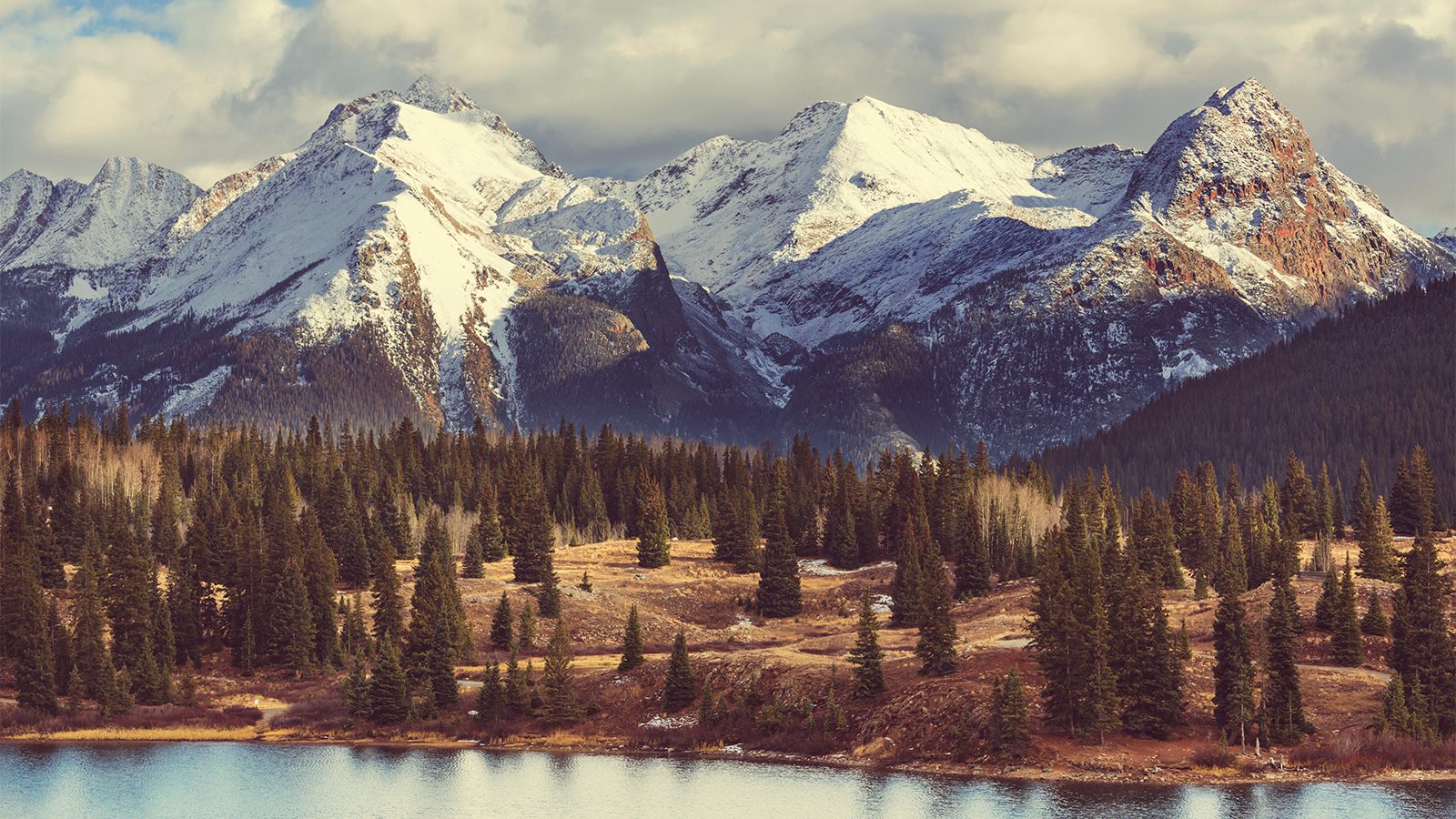The best time to visit Glacier National Park is in July and August, when the weather is at its best and most enjoyable. It’s also the peak season and the time when the daytime temperatures reach into the high 70s, and down to the 40s on cooler nights.
During other months of the year, you will encounter much colder temperatures and frequent snow, which can close hiking trails and roads. You might even see snow at the park’s higher elevations in June and July.
Page Contents
September to October
Fall is lovely, especially if you enjoy seeing the foliage change. The weather is pleasant, with sunny days in the 60s and low 70s and crisp evenings that drop into the 40s. The only drawback is that many eateries and shops close after Day.
The Going-to-the-Sun Road usually closes in the middle of October. Look for lodging in gateway communities adjacent to the park, or consider primitive camping (most developed campgrounds close in early September).
Fall is a great time of year for hiking since the temperatures are still moderate; despite the possibility of snow, rain is expected more.
November to April
Glacier National Park experiences a wide range of meteorological conditions because of its location along the Continental Divide, particularly during the winter.
Road closures and trail closures are frequent when temperatures drop well below freezing. The shuttle service and tourist centers are only two of the amenities that are frequently unavailable throughout the winter.
In the winter, there is no fee for camping. Remember that avalanches are a genuine threat during the winter when the snowpack can reach 16 feet and blizzards are frequent.
What’s on :
- National Park Week (April)
May to June
Due to the snowy weather in May and June, many trails and roads remain blocked, including the Going-to-the-Sun Road scenic drive.
Shuttles operate on a limited schedule and weather-permitting basis. Many hikers prefer the milder weather at this time of year when daytime temps are typically in the 60s, and low 70s and nighttime lows reach the high 30s. Additionally, lodging costs are still low.
July to August
July and August are the busiest months. Accommodation rates will be at their highest during those times. You’ll need to make reservations up to a year in advance.
The temperature rises into the 80s during the day and drops into the 40s at night. Days are pleasant and sunny. Expect wind and temperatures 10 to 15 degrees lower than in the lowlands at higher altitudes.
August is when most of the park’s trails and roads are open for safe hiking. Most of the park’s facilities will also be open, and its shuttle service will run.
Best time to avoid crowds
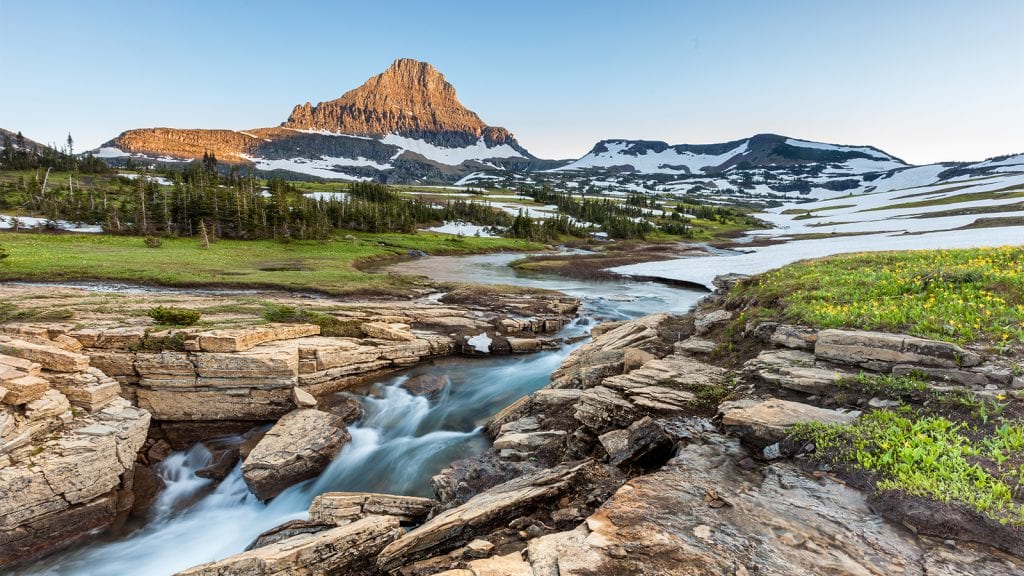
The best time to avoid crowds in Glacier National Park is from mid-September to mid-October.
Over the past couple of summers (pre Covid-19), Glacier has set new records for visitors. From June to August, the park sees more than 2 million visitors. While the number of visitors in the park begins to decline after Labor Day, it’s still busy through the first couple weeks of September.
By the latter half of September, those numbers drop dramatically. Less than 100,000 people visit the park in October. From mid-September to mid-October, temperatures are still warm enough to enjoy the park’s attractions with much smaller crowds.
Best time for camping
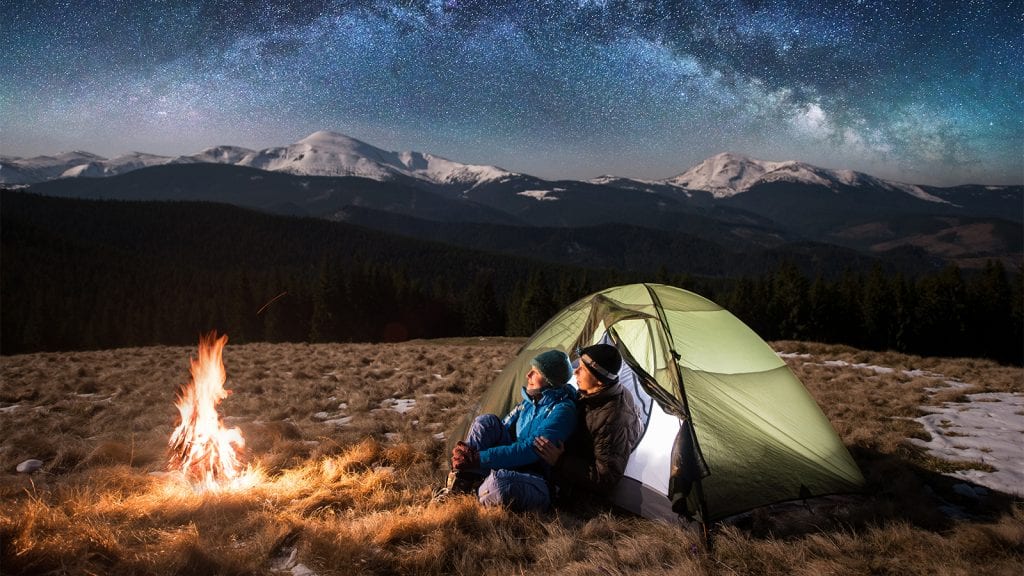
The best time for camping in Glacier National Park is in October.
The weather is still warm enough during the day for camping to be enjoyable, with highs reaching into the 60s and 70s and lows in the 40s at night. By this time, the crowds have dissipated, which makes finding a vacancy at a campground much easier than during the peak summer months.
Be prepared for cold temperatures with cold-weather sleeping bags, thick sleeping pads that get you off of the cold ground, plenty of layers, and rain gear for inclement weather.
Read More : The Best Campgrounds in Glacier National Park
Best time for hiking
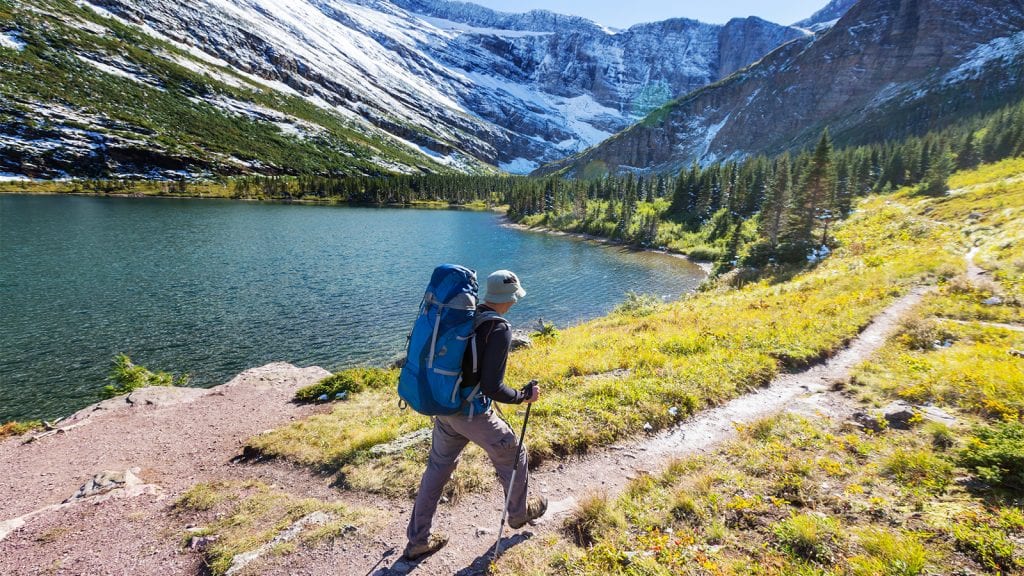
The best time for hiking in Glacier National Park is in September.
By September, the crowds in the park have dissipated from their highs during July and August. This means you’ll face fewer visitors on the crowd’s most popular trails.
The weather is still warm enough with daytime highs reaching into the 70s that you can enjoy hiking most of the park’s trails. Snows won’t arrive in the park until October, so you won’t have to worry about closures.
That said, the weather can still be unpredictable, so be prepared with wet weather gear.
Read More : The Best Hiking Trails in Glacier National Park
Best time for traveling the Going to the Sun Road
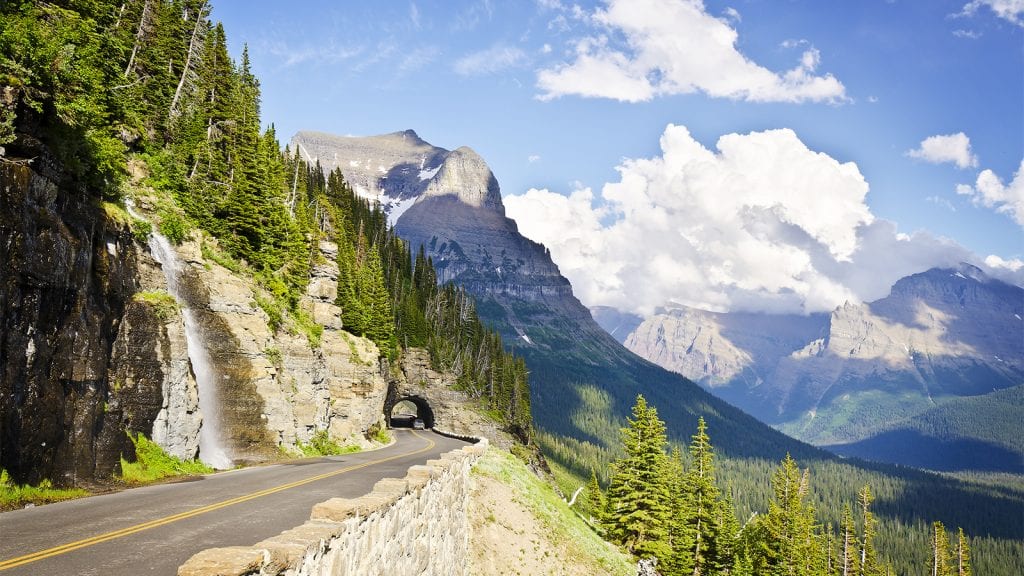
The best time for traveling the Going to the Sun Road in Glacier National Park is July through September.
While parts of this picturesque road are open all year round, much of its higher elevations, which are arguably the best parts of this legendary road, begin to close with the arrival of the first snow in mid-October.
If you want to enjoy this road in its entirety, you’ll need to go during the warmer months. If you do elect to drive this road later in the year, make sure to check the National Park Service’s site for road conditions.
Best time for biking
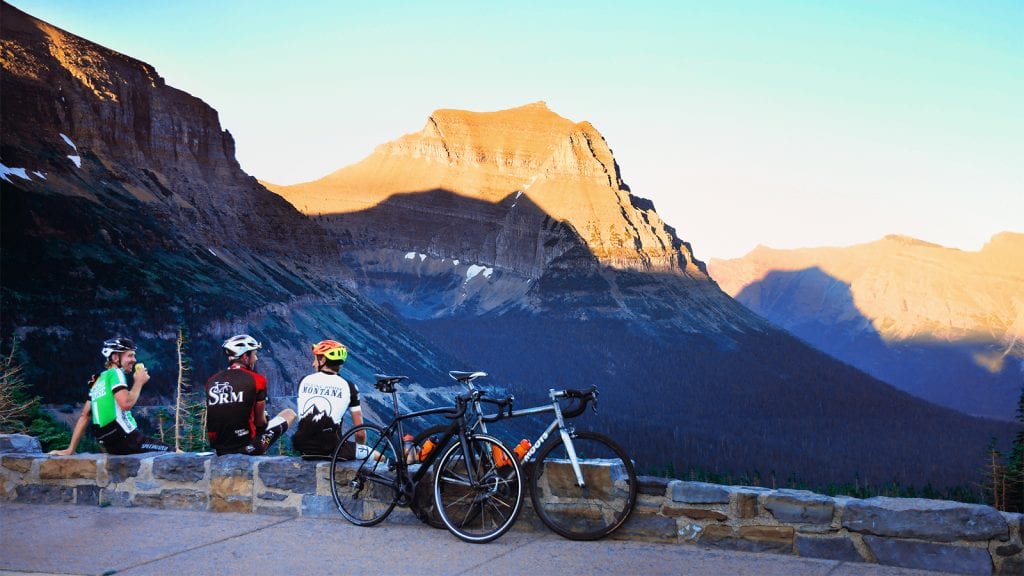
The best time for biking in Glacier National Park is from late April to late May.
Biking in the summer is treacherous given the amount of traffic on the park’s main drag, the Going-to-the-Sun Road. Plus, cycling is only allowed on this road during the early morning and evening hours, making planning a ride challenging.
Spring is the time for biking Glacier. This is when the park begins to clear the roads from winter snows, but before traffic begins amassing on the road. In fact, some roads are still closed to traffic but open to cyclists, including sections of the Going-to-the-Sun Road. The park even offers a free shuttle service for cyclists to these areas.
Best time for boating
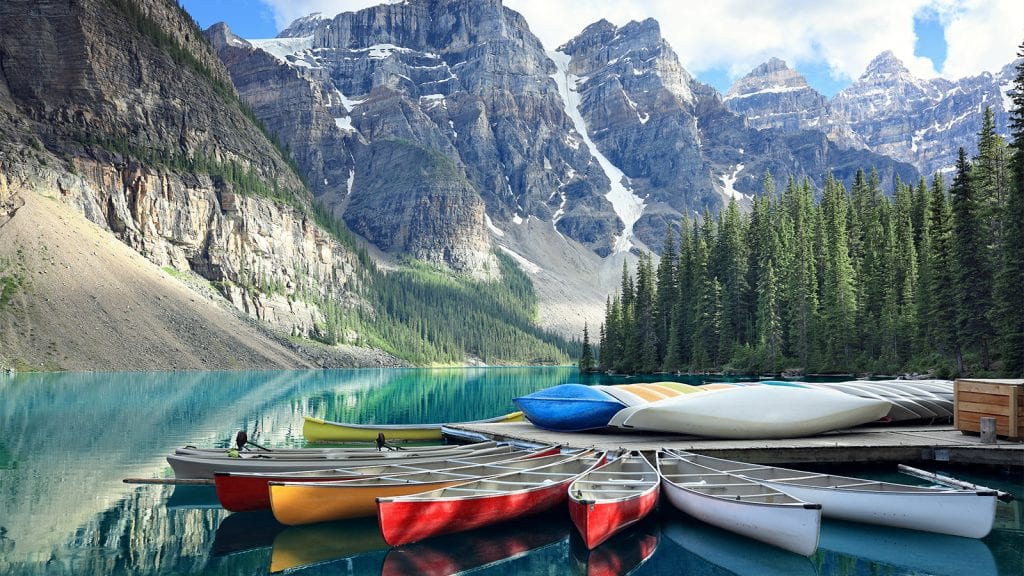
The best time for boating in Glacier National Park is from June to August.
The boating season opens in Glacier National Park on June 1 and closes sometime in October. With warmer temperatures, the summer months present the best times for boating in the park’s many lakes. Just keep in mind that you’ll need a permit in order to boat here.
You also won’t be able to bring a boat with a water compartment that can’t be inspected. The park service is serious about defending the lakes from invasive species of mussel and needs to see that your boat’s hull is clean before they’ll grant you a permit.
Best time for fishing
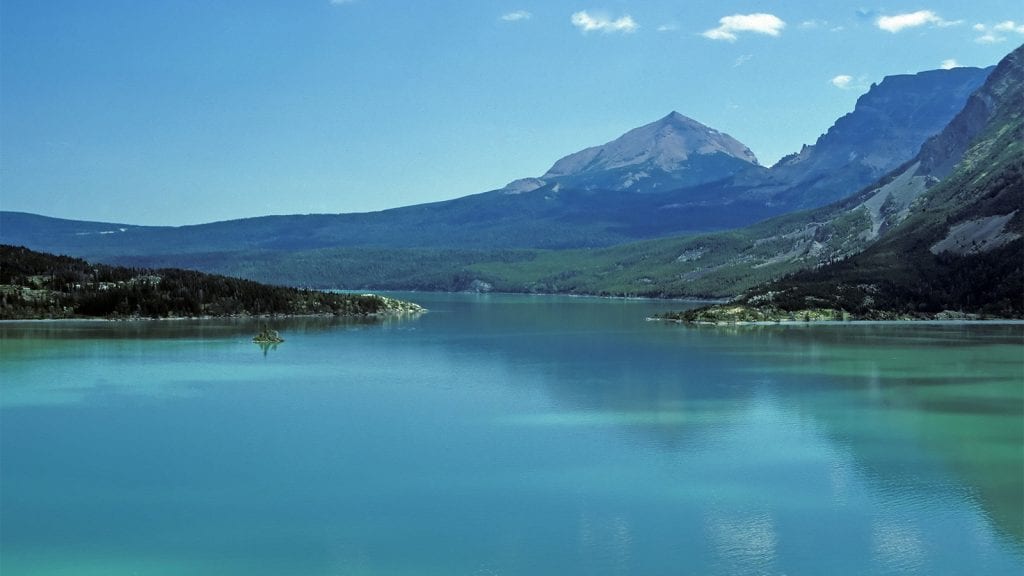
The best time for fishing in Glacier National Park is from July to October.
July through October is when peak fly fishing season takes place in Glacier. That said, you can really go fishing whenever you want. Ice fishing is popular in the wintertime, and line fishing can be done in the lakes from spring to fall.
For more detailed information, check out the fishing reports that are available from various sources online for the best information on where to fish in the park. No permit is required, though the park does regulate what fish can be taken, so make sure to consult that before heading out to one of the park’s lakes or streams.
Best time for cross country skiing
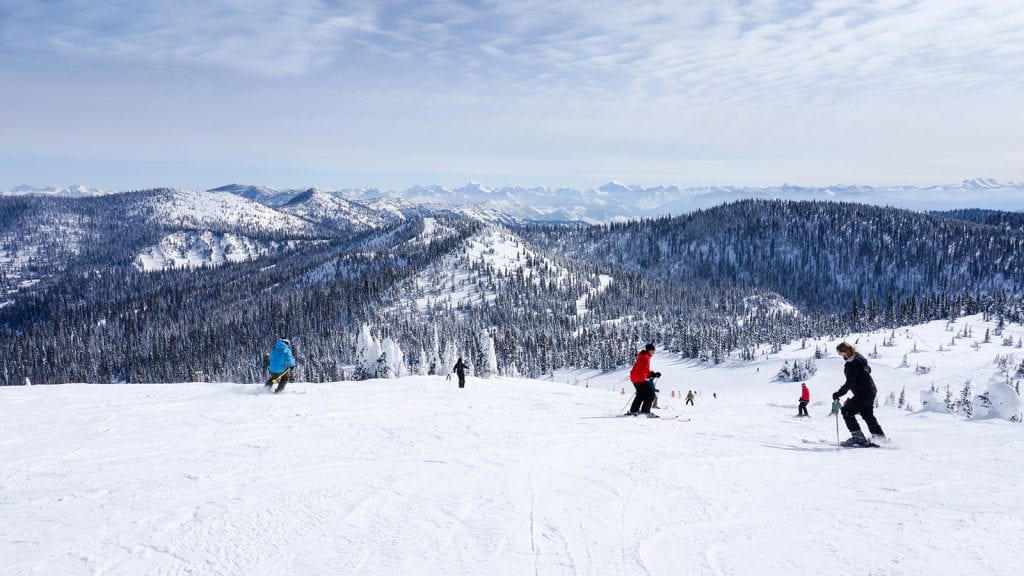
The best time for skiing in Glacier National Park is from December to March.
You need snow to ski, and thus winter presents the best option for cross country skiing in the park. This is when Road-to-the-Sun is closed to traffic due to snowfall, allowing you to traverse this scenic road on skis.
Other popular cross country skiing areas include McDonald Creek and Avalanche Creek, the Polebridge Area, and Two Medicine Valley.
Given the extreme temperatures possible in the park at this time, it’s essential to go prepared with heavy winter ski jackets, ski pants, and hats, and gloves. You’ll also want to be conscious of the weather forecast to avoid getting out caught in a storm.
Amanda Williams
Amanda Williams is a writer, plant-nerd, and outdoor enthusiast. She has traveled extensively, around the U.S., throughout Asia, Europe, and Latin America. Everywhere she treks, she takes time to enjoy the outdoors. John Muir is her hero. She aspires to inspire people to live better as he did.
